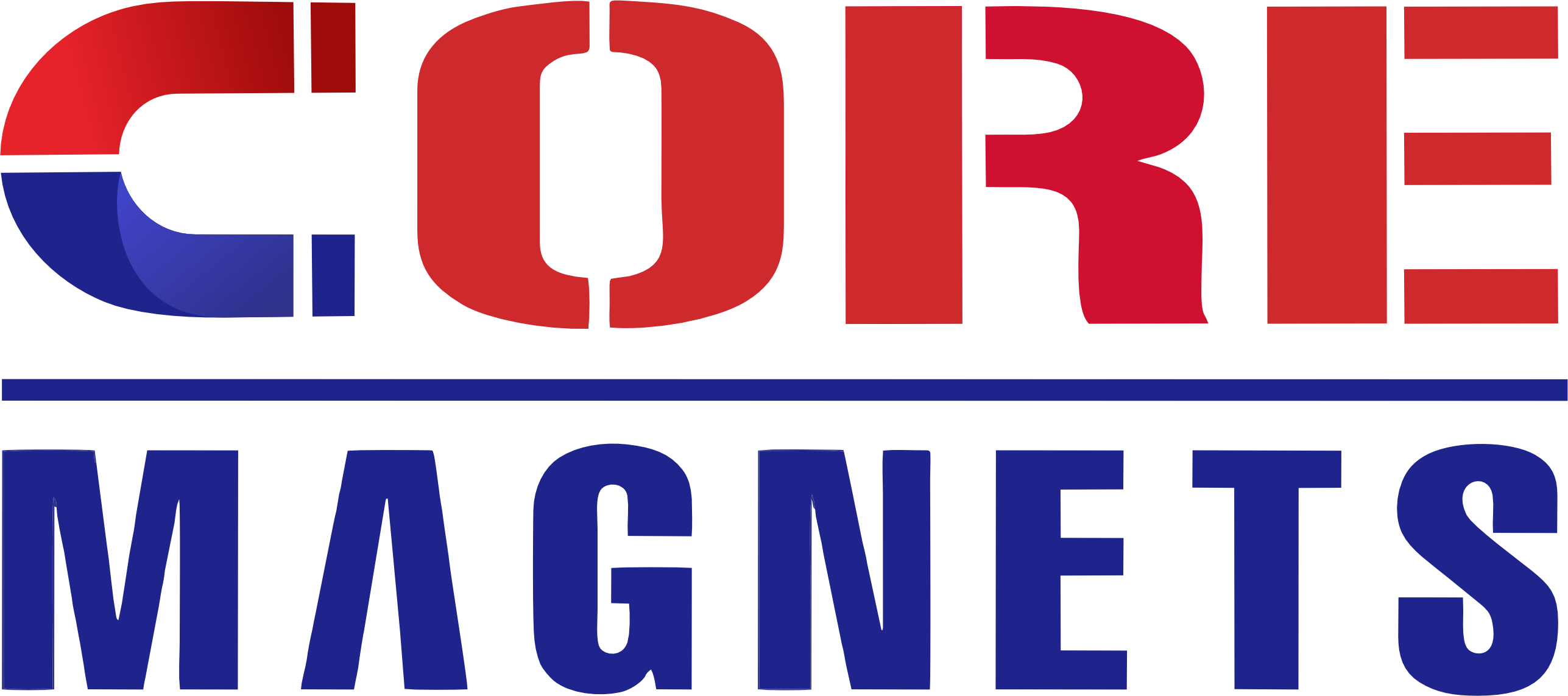Neodymium Magnet Coatings
Neodymium Magnet Coating: Why It Matters
Neodymium magnets, made primarily from neodymium, iron, and boron (NdFeB), are known for their remarkable strength and durability. However, they are also highly susceptible to corrosion, especially when exposed to moisture or harsh environments. Coatings play a vital role in protecting these magnets, enhancing their lifespan, and ensuring they perform effectively in various applications.
Popular Coating Types for Neodymium Magnets
-
Nickel-Copper-Nickel (Ni-Cu-Ni) Coating
The most common coating for neodymium magnets, Ni-Cu-Ni, is a triple-layer coating that provides strong corrosion resistance. The first layer of nickel serves as a base, copper adds structural integrity, and the final nickel layer ensures a smooth finish. This coating is ideal for most general-purpose applications.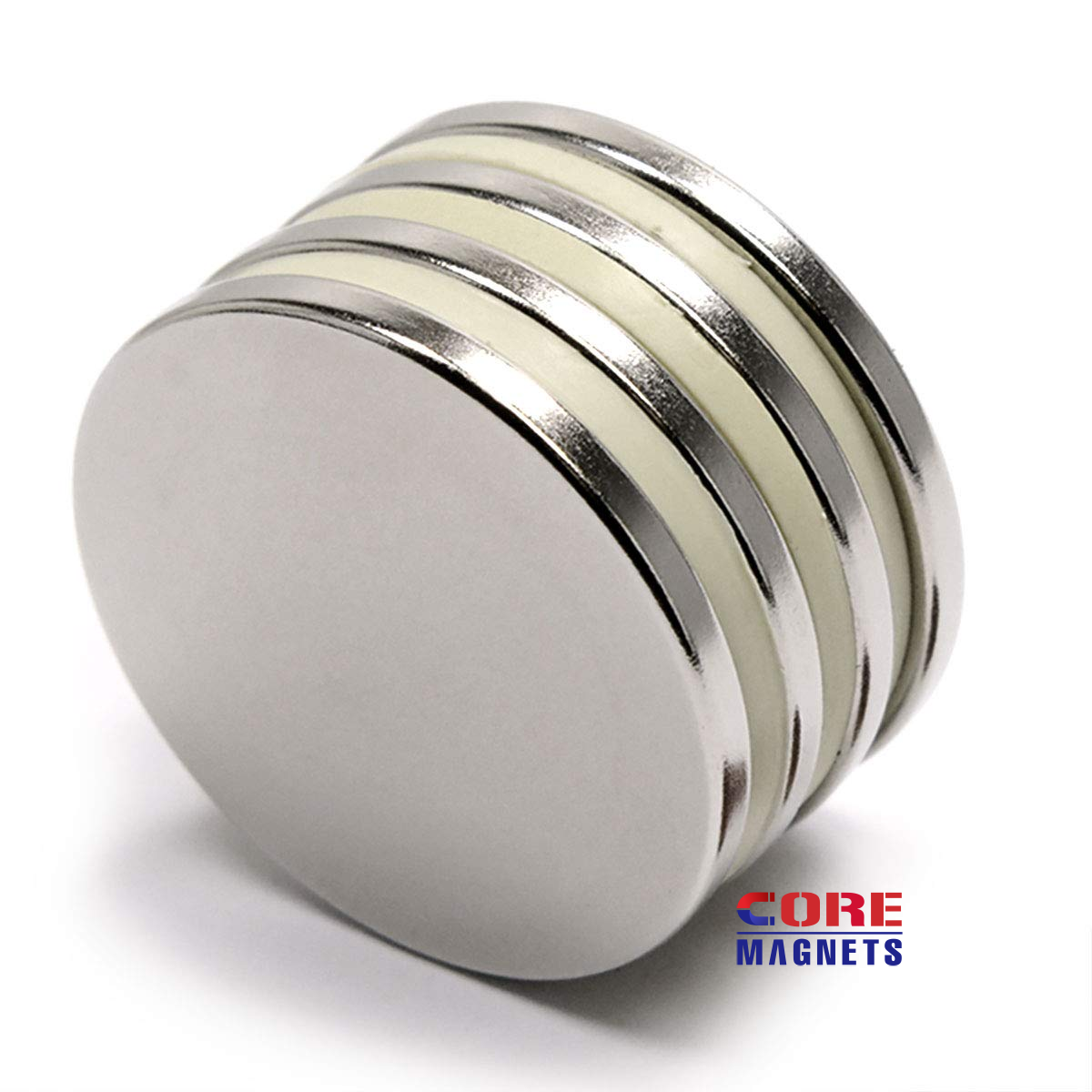
-
Epoxy Coating
Epoxy is a polymer-based coating known for its superior corrosion resistance and smooth, uniform finish. It comes in black, gray, and other colors, making it useful for specific aesthetic requirements. This coating is widely used in humid or wet environments, such as automotive and marine applications.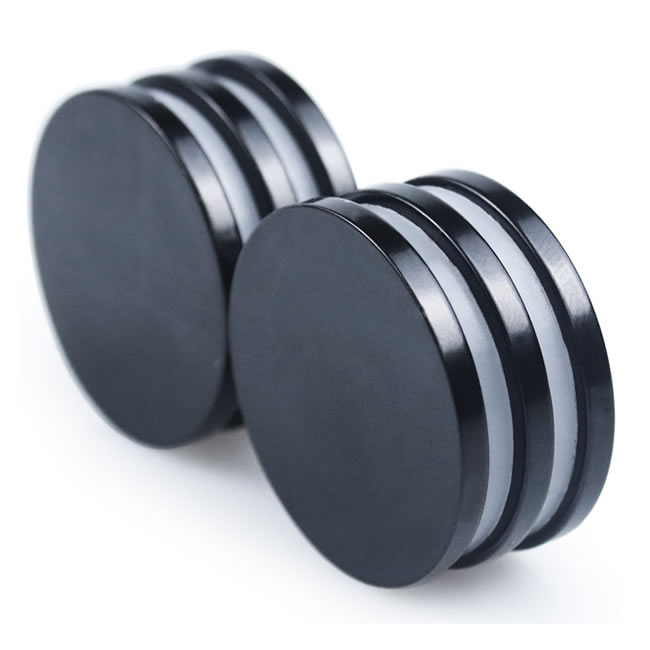
-
Zinc Coating
Zinc-coated neodymium magnets offer an economical solution for applications where moderate corrosion resistance is needed. While it’s not as strong as nickel or epoxy coatings, zinc can still provide a reasonable level of protection, making it suitable for dry, indoor applications.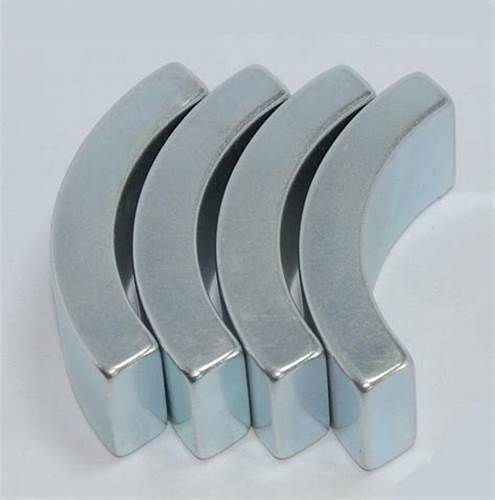
-
Gold Coating
Gold coatings provide additional biocompatibility, making them ideal for medical devices or applications where the magnet will come in contact with the skin. While not as common, gold coatings add both aesthetic and functional value in niche applications.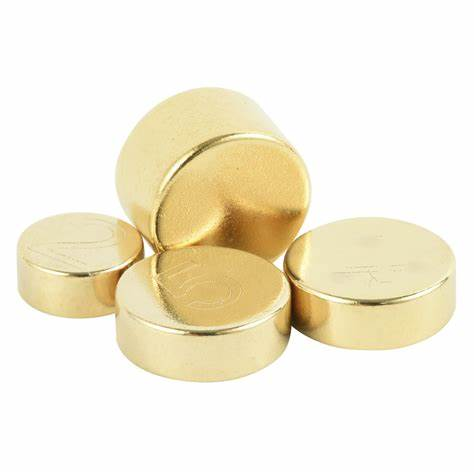
-
PTFE Coating
PTFE (Polytetrafluoroethylene), commonly known as Teflon, is a highly durable coating option for neodymium magnets, offering exceptional corrosion and chemical resistance. This non-stick, low-friction coating is ideal for applications where magnets are exposed to harsh chemicals, moisture, or extreme environments. PTFE coatings are particularly useful in medical, food processing, and laboratory settings due to their biocompatibility and resistance to contaminants, ensuring long-lasting magnet performance and reduced maintenance.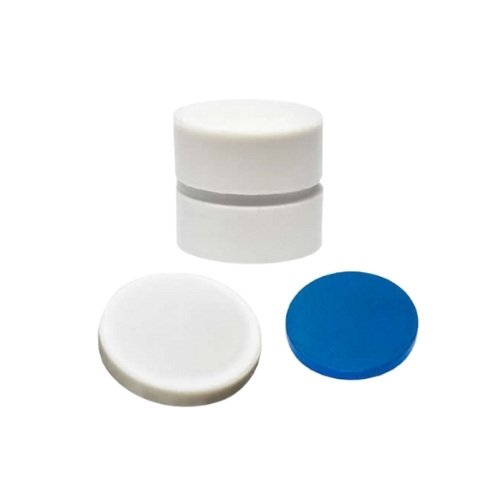
How to Choose the Right Coating for Your Neodymium Magnet
Selecting the right coating depends on the environment, temperature, and specific use case can help you better design your products and maximum the effectiveness.
Contact our expertise to support you for better design:
E: sales@core-magnets.com
